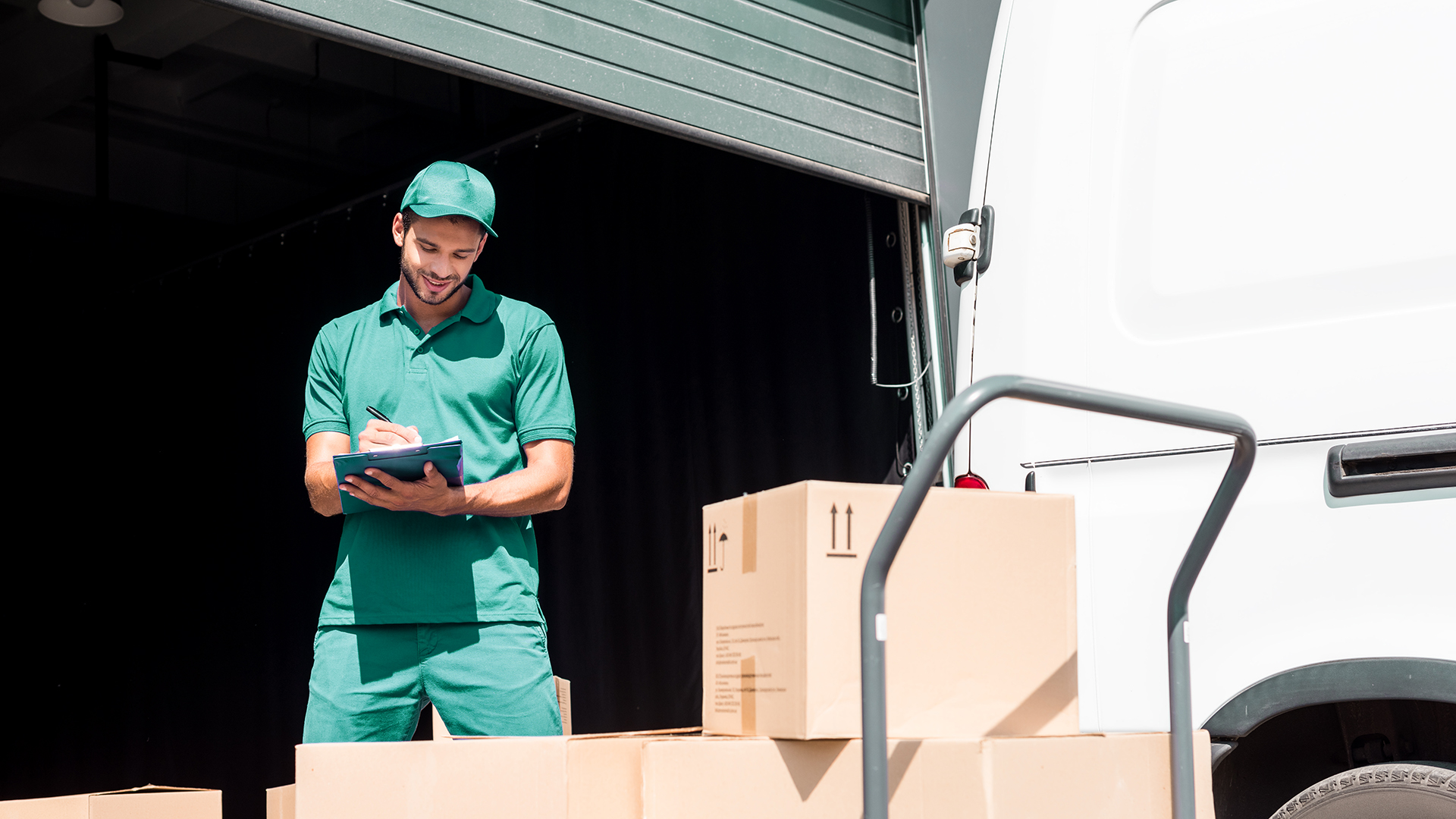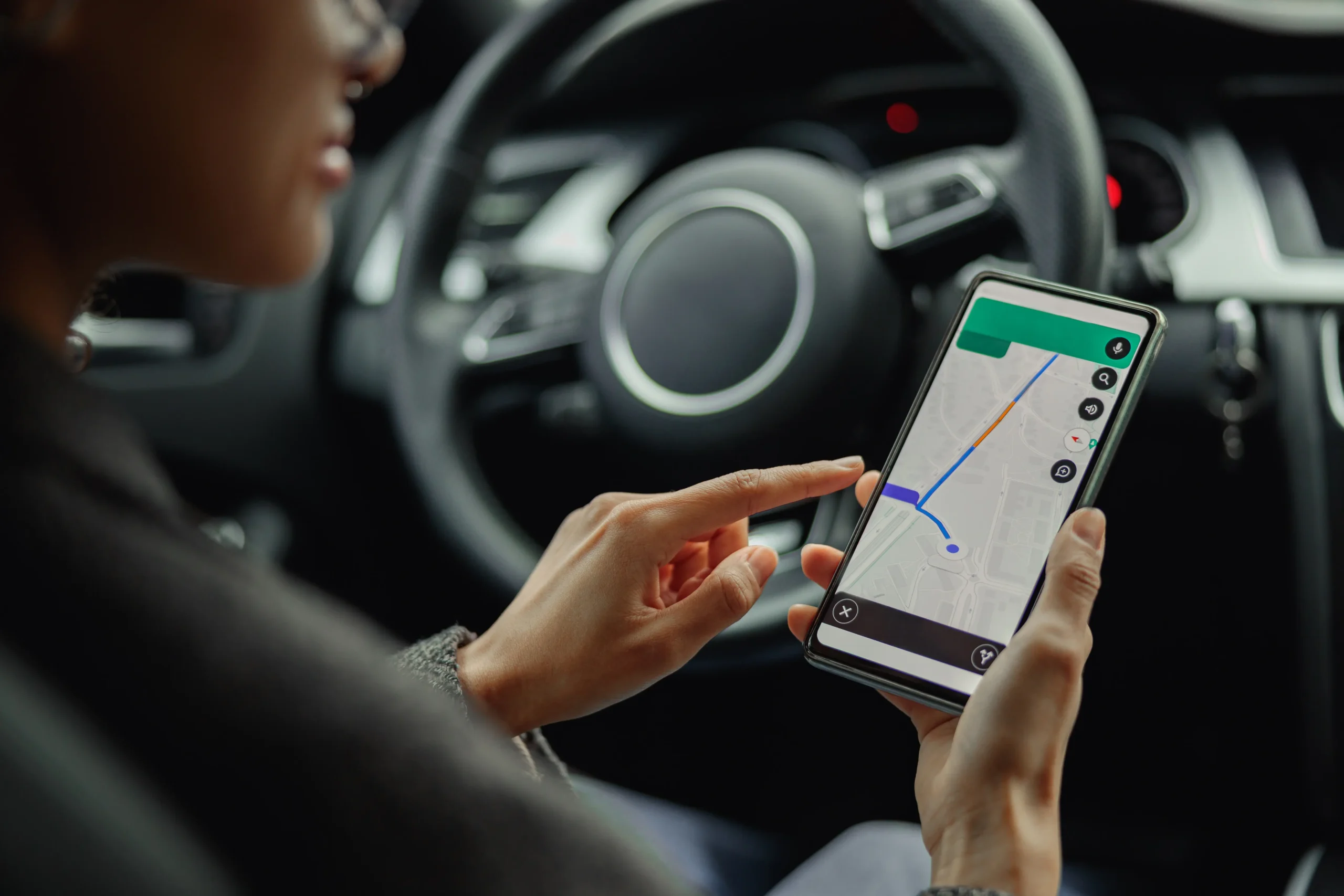We’re offering whitepapers from our partners at Zebra Technologies, to help Stream users understand more about the intersection of ruggedised, enterprise-grade hardware with Stream’s powerful, easy-to-use software:

Selecting the Right Mobile Device
Helping you make the right mobile device choice
Most workers today need a mobile device to get the job done.
And nowhere is that more true than in the logistics sector, where your workforce may be scattered across warehouses, depots – and out of the road making deliveries and collections.
Your choice of mobile device though could have a big impact on the return on investment (ROI) you can expect from your mobility strategy.
Given the wrong device, users can quickly become frustrated.
Productivity levels start to decrease, while costs begin to rise.
The wrong kind of device can even introduce potential safety risks to the workplace.
But with the right device strategy in place?
The opportunities for greater productivity, efficiency and accuracy can only increase.
Your mobile device strategy
There are three clear options available to businesses when it comes to selecting mobile devices and implementing a mobility strategy:
- Enterprise devices – A fleet of handheld personal mobile computers, purpose-built for the logistics environment. Enterprise features like built-in scanning, advanced battery and connectivity, and serious ruggedisation make these devices best-in-class for the workplace.
- Consumer devices – Many workplace applications (including the Stream) will work on less expensive consumer smartphones
- BYOD (Bring Your Own Device) – Allowing users to provide their own devices may also be an option in some environments – particularly for occasional workers or subcontractors
Enterprise devices
While consumer devices appear to be a low-cost option – and a BYOD strategy even more so – you should consider the TCO (total cost of ownership) of any your device strategy, in order to properly evaluate it.
Equally, pure cost shouldn’t be the only driver. Your device strategy has to be able to properly meet your business needs.
Enterprise devices may deliver the best overall value.
You need to consider how your mobile device strategy will holistically support every aspect of your business’ mobility strategy.
Selecting the right mobile device
In his whitepaper from Zebra Technologies, you’ll walk through the process of mobile device selection.
Your options
First, the whitepaper examines all three options for your device strategy, the differences between them, and the impact those differences can have on performance, productivity and cost.
Your critical criteria
In order to select the right device strategy, you have to have a good understanding of your specific needs.
Different workers and different environments require different things from the mobile devices they use.
The whitepaper outlines some of the criteria that may apply to your workplace and evaluates how well enterprise, consumer and BYOD device strategies can meet each of those criteria.
The criteria that are important for might include:
- Security
- Training
- Full-shift battery power
- Business-class power management accessories
- Wireless network connectivity
- Enterprise scanning performance
- Durability
- Manageability
- Voice communications flexibility
- Lifecycle management
- Support services
Your budget
Ultimately, the truth is in the numbers.
While at first glance consumer-class devices may appear to be a lower-cost approach, they typically come at a premium. When you sit down and do the maths, consumer-grade mobile devices and BYOD programs aren’t always the most efficient and effective solution for your business.
Download the whitepaper to explore your options – and make an informed decision – when it comes to selecting the right mobile device:

Next Generation Pickup and Delivery
Next generation of pickup & delivery trends are putting customers into the driver’s seat
New technologies and regulations have given retailers and customers more innovative ways to distribute goods than ever before: direct-to-consumer, ship-from-store, click-and-collect, free delivery & easy returns, and the list goes on.
The customer experience economy and the rise of review culture mean that customer service and satisfaction have to be a priority in today’s fast-paced retail landscape.
Finding ways to keep retail and eCommerce customers satisfied and loyal is the key to quickly gaining a competitive advantage. Ensure you are delivering the best service experience at the point of pickup and delivery – whatever format that moment takes.
Particularly at those start and end points of the supply chain, when the customer is shipping or receiving goods, they expect (and deserve) to know everything there is to know about that shipment:
- When it was shipped?
- Where it is now?
- When it will be delivered?
Give customers a more efficient, more visible, more predictable, and more cost-effective supply chain by keeping your driver connected.
Stream’s driver app and proactive email & SMS customer notifications, enable workers to provide the insights you need to enhance customer service levels.
Combine Stream Go with the ‘always-on’ reliability of a rugged Zebra proof of delivery device to keep driver (and fleets) working productively, safely and effectively.
Next Generation Pickup and Delivery
Download this whitepaper from our partners Zebra Technologies to discover what’s in the future for pickup and delivery.
Increased scrutiny and need for real-time information mean that pick-up and delivery are always evolving and moving forward with the times. In order to keep customers satisfied (and maintain the competitive edge needed to stay profitable), your operations have to keep up by adopting flexible, scalable mobile technology-based solutions.

The Future of Healthcare
Zebra Technologies discusses the Future of Healthcare
Across the globe, healthcare facilities are being profoundly impacted. But even before the current pandemic hit, the healthcare sector was in the midst of technological transformation.
To better understand the impact of this shift in clinical mobility, Zebra commissioned a number of global research studies.
They analysed the role of technology on nurse managers, IT decision-makers, and recently hospitalised patients in acute care hospitals to release the 2022 UK Hospital Vision Study.
“Mobile technology elevates patient care, empowers clinicians and enhances workflows.”
Respondents identified compelling shifts in acute care hospitals and their impact on quality, cost and outcomes.
Some of the key findings are:
The use of mobile devices in healthcare is growing
In 2017, the use of mobile devices by nurses was 74%, doctors was 38% and pharmacists was 41%. The study predicts that by 2022, 100% of doctors and nurses, and 99% of pharmacists, will use mobile devices as part of their healthcare duties.
Mobile technology is already having a big impact on care
The use of mobile technology is already showing meaningful improvements, with 55% of hospitals citing a reduction in the cost of patient care and 88% highlighting an improvement in the quality of care. Additionally, 61% of nurses reported reduced medication administration errors.
Patients are more tech-savvy than ever
With 57% of patients surveyed currently using wearables to track health metrics – 95% of whom would be willing to share health metrics collected from their wearables with their clinicians.
Over three-quarters, (77%) of patients were also positive about clinicians using mobile devices as part of their care.
Whitepaper: The Future of Healthcare
Download this whitepaper from our partners Zebra Technologies to get their predictions for the future of healthcare in the UK.
Learn how healthcare professionals will use technology trends set to transform healthcare including:
- Remote patient monitoring
- Telehealth
- AI (artificial intelligence)

The Future of Warehousing
Today’s instant-gratification, the on-demand economy is rapidly shifting the operations for warehousing, distribution and fulfilment.
At the same time as the omnichannel landscape is being transformed with increased volumes and faster delivery requirements, we are seeing a global shortage in the workforce.
Leaders need to adapt fast and adapt the latest technology to improve productivity, enhance capabilities and drive modernisation in their warehouse operations.
Key trends for the future of warehousing
What is driving growth for warehousing organisations?
Faster delivery and end-customers are the primary factor driving growth plans for 46% of respondents
What are the challenges the warehousing industry faces today?
Labour recruitment and/or labour efficiency and productivity are among the top challenges for 60% of respondents
What strategies are warehouse organisations planning for the future?
80% of respondents plan to be competitive with investment in new technologies
Warehousing and plans for automation
- 61% of respondents plan to implement partial automation by 2024, by equipping workers with the devices and technology they need to be able to rely on a combination of human and technology
- 27% of respondents plan to implement full automation by 2024, with no human involvement whatsoever in warehouse operations.
The future of warehousing in Europe
- The average warehouse is set to grow by 26% (in square footage) in the next five years
- RFID and location technology use is anticipated to increase by 2024
Vision Study: The future of warehousing
Download this vision study from our partner Zebra Technologies for insights into the state of the warehousing industry, upcoming technological and workplace trends in the sector, and Zebra’s recommendations for how you can capture a competitive edge in the digital age.
The study looks at research commissioned by Zebra Technologies, to “analyse the trends and challenges that are transforming warehousing operations”.
The study features insights from 1,403 decision-makers in IT and operational roles from across the world. Respondents came from industries like transportation and logistics, post and parcel delivery, wholesale distribution, retail and manufacturing. Respondents were asked about their 2019-2024 strategies (both current and in the future) for warehouse, distribution and fulfilment centre modernisation.

The Future of Field Operations
How mobile technology is driving the future of field service operations
The field operations landscape is undergoing a period of rapid transformation. The sector is seeing a disruption in the form of emerging technologies, increased customer demand, and a move away from the use of paper.
By leveraging mobility technology, you are able to meet – and even exceed the service expectations of your customers.
These are the three key trends driving change in today’s field operations industry:
Increased expectations
Today’s customers demand more than ever, in terms of performance and convenience.
With a reliance on mobile technology and eCommerce, customers have goods and services available at their fingertips, and online feedback platforms (such as Trustpilot) give them to power to hold organisations to account when it comes to customer service.
- eCommerce retail sales are expected to reach $4.48 trillion globally by 2021, with B2B eCommerce sales even higher
- 70% of respondents cited eCommerce as the reason they need to speed up field operations
- Online reviews are essential for online businesses:
- 90% of consumers will read reviews online before they visit a business
- 88% of consumers trust online reviews n the same level as personal recommendations
- 86% of consumers would hesitate to make a purchase if a business has negative online reviews.
The replacement of paper with mobile technology
Not only does the use of mobile technology remove waste paper, but it also improves accuracy and speed when collecting data out in the field.
- 62% of respondents are already expanding the use of technology enterprise-wide, with 97% expecting to catch up by 2023
- However, 74% of organisations still rely on paper-based systems to complete for more than 20% of their field operations
- Almost 40% of of respondents expect to be less reliant on paperwork by 2023
- The use of mobile technology in field operations is expected to grow rapidly between 2018 and 2023, with:
- 45% increase in the use of handheld mobile computers (with built-in barcode scanners)
- 53% increase in the use of mobile printers
- 54% increase in the use of rugged tablets
Faster networks and emerging technologies
Nothing is disrupting field operations more than the adoption of transformative emerging technologies across the sector.
- 70% of respondents viewed 4G/5G as one of the top factors driving investment in field operations
- Transformative field operations technologies are quickly being adopted across the industry, with:
- 67% using sensors, radio frequency identification (RFID) and intelligent labels
- 57% using Blockchain
- 52% using augmented or virtual reality
- Decision-makers are increasingly viewing technologies as ‘disruptive’, including:
- 29% say AR/VR is disrupting the sector
- 28% say Blockchain is disrupting the sector
- 28% say sensors, RFID and intelligent labels are disrupting the sector
Vision Study: The future of field operations
Download Zebra Technologies’ vision study for insights into the newest trends and challenges in the future of field operations.
The study was commissioned to survey leading organisations worldwide about how they are using mobile technology. The survey looks at organisations in five categories of field service operations:
- Field service
- Fleet management
- Field sales
- Direct store delivery
- Merchandise courier services
Learn how field service organisations use both the mobile technology designed for business use; and the emerging technologies that allow them to respond to market and technological trends.








